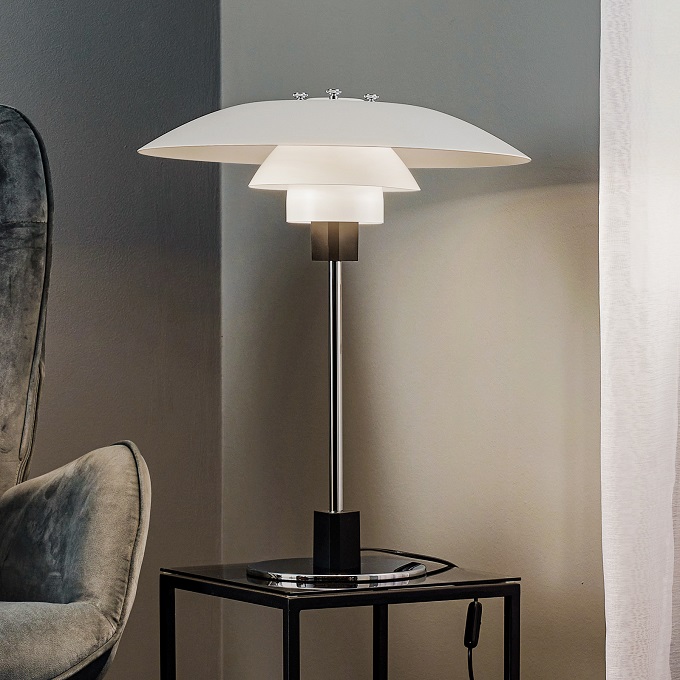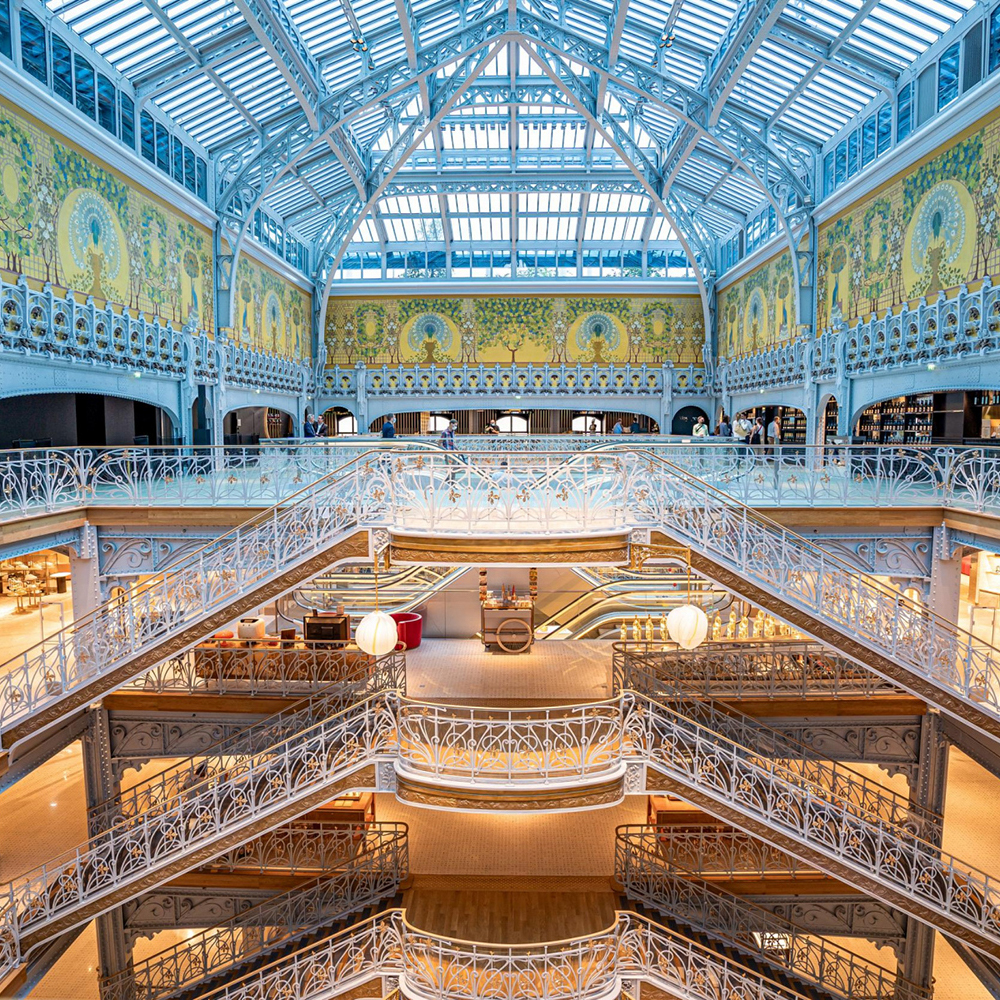Introduction
Indian pop design is a fascinating and unique blend of traditional Indian art and modern graphic design. It is an exciting and vibrant field that has gained a lot of popularity in recent years. In this article, we will delve deeper into the world of Indian pop design and explore the various elements that make it so special.
History of Indian Pop Design
Indian pop design emerged in the 1980s as a response to the increasing popularity of Western pop art. It was pioneered by artists like Ravi Varma and M.F Hussain, who blended traditional Indian art forms, such as Madhubani and Warli, with modern techniques and styles, such as bold colors and pop culture references.
The Elements of Indian Pop Design
Indian pop design is characterized by its bold, vibrant colors, and playful imagery. It often features popular cultural icons and symbols, such as Bollywood stars and religious deities. One of the most significant elements of Indian pop design is its incorporation of traditional Indian art forms, such as miniature paintings, into modern designs.
Examples of Indian Pop Design
Indian pop design can be seen all around us, from street art to magazine covers. One of the most prominent examples of Indian pop Design is the work of graphic designer and illustrator, Orijit Sen. His iconic work, such as the ‘River of Stories’ mural in Delhi’s Nizamuddin station, is a brilliant display of Indian pop design.
The Significance of Indian Pop Design
Indian pop design has immense cultural significance, as it celebrates the rich cultural heritage of India while also embracing modernity. It is an excellent way to preserve traditional art forms and reinterpret them for a contemporary audience. Furthermore, Indian pop Design has been instrumental in promoting Indian culture and art globally, making it accessible and appealing to a wider audience.

















